Over time, the mortar between your chimney’s bricks starts to crack, crumble, or fall out, especially after years of weather exposure in New Jersey.
Excellent Reviews
Based on ~500 reviews
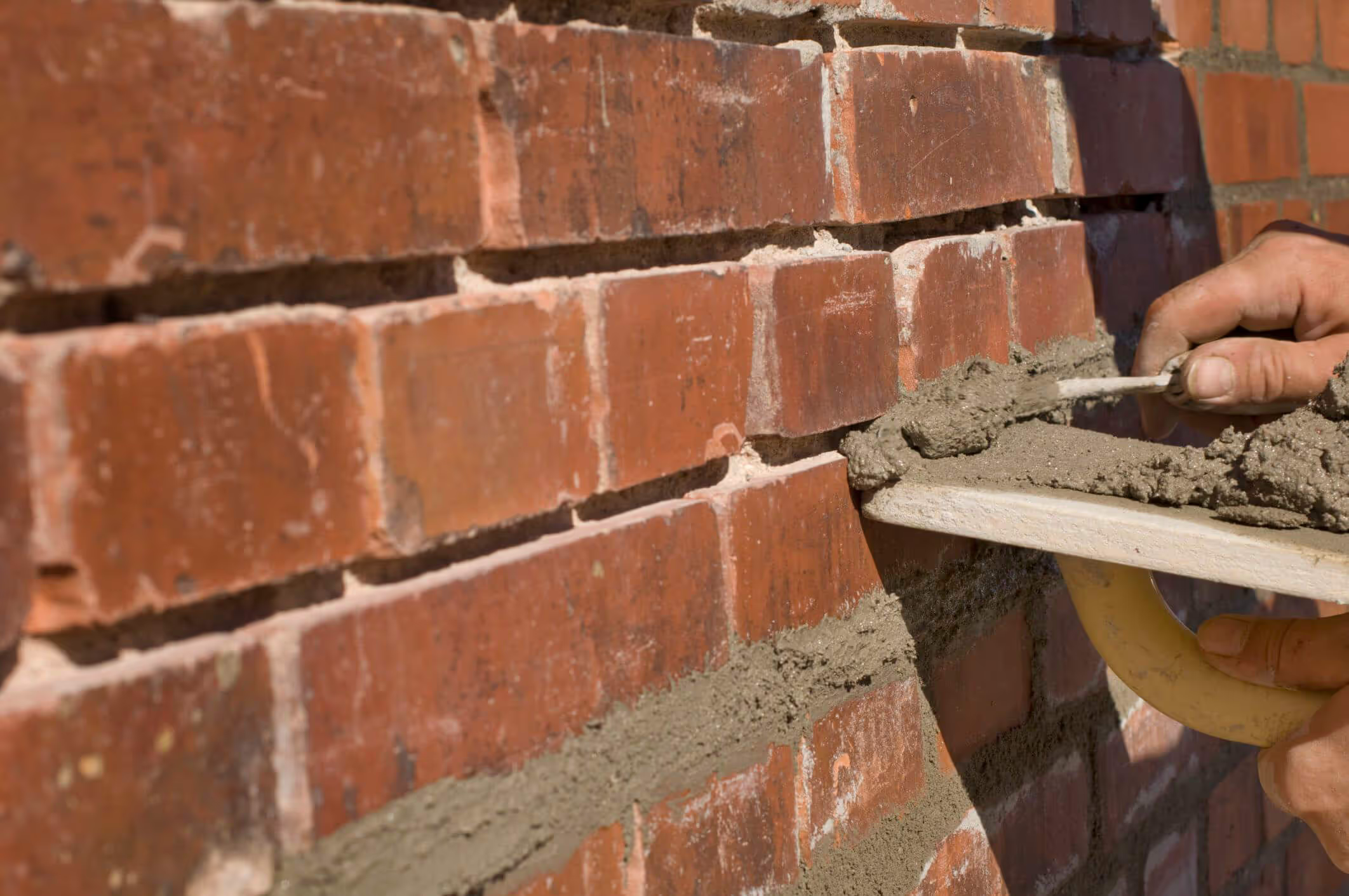
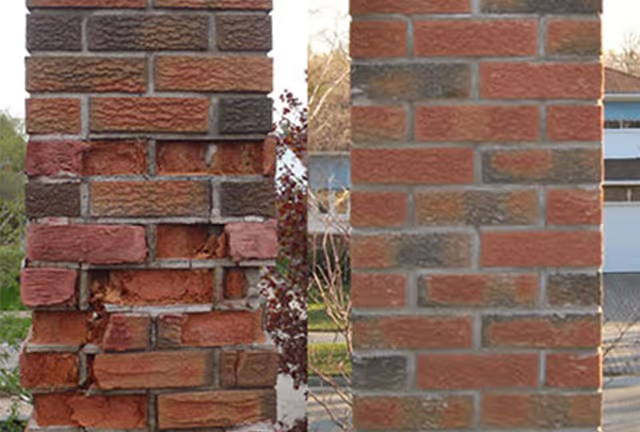
Chimney mortar repair is essential to maintain the structural stability and water resistance of your chimney. When ignored, damaged mortar can lead to loose bricks, internal leaks, and even collapse.
Restoring the mortar not only extends your chimney’s lifespan but also protects your home from water intrusion and costly repairs.

Mortar is the softest part of your chimney, and it's the first to be affected by weather and aging. Rain, snow, ice, and extreme temperature changes wear down the joints faster than bricks themselves.
Once mortar weakens, water enters the joints and accelerates the damage.



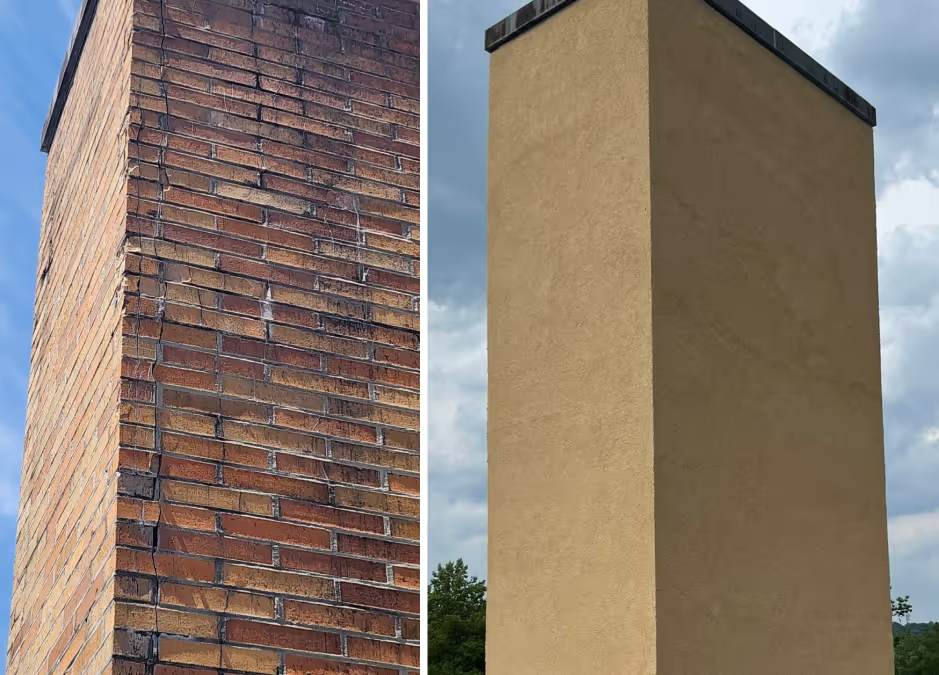


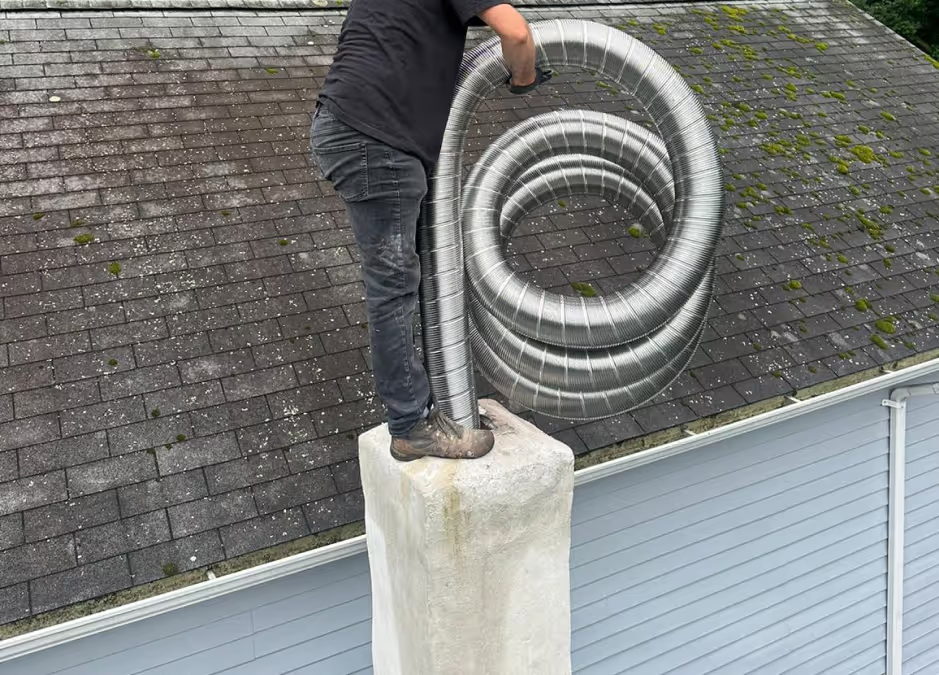
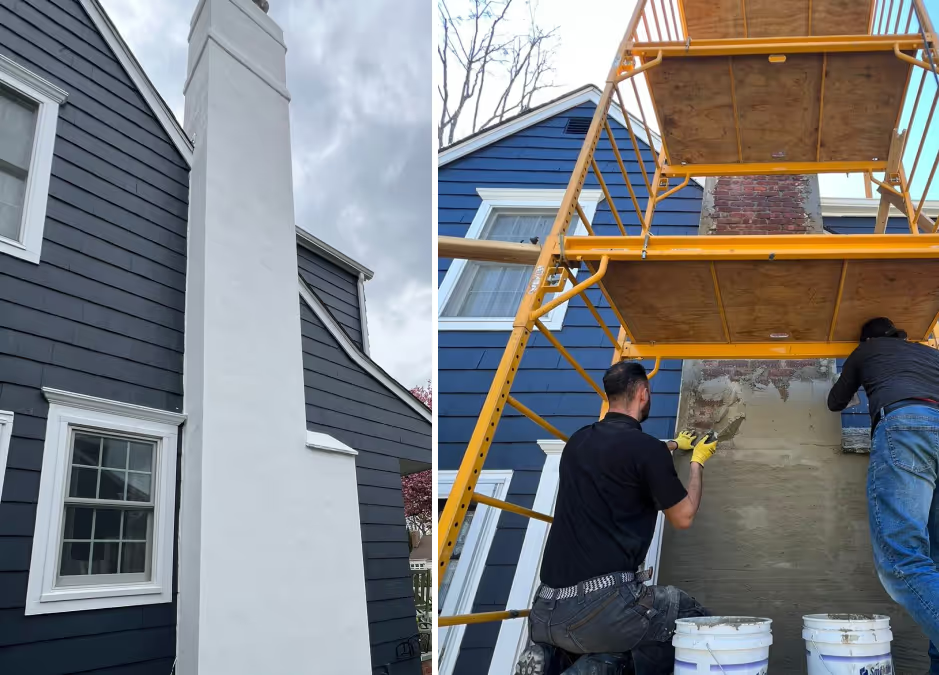
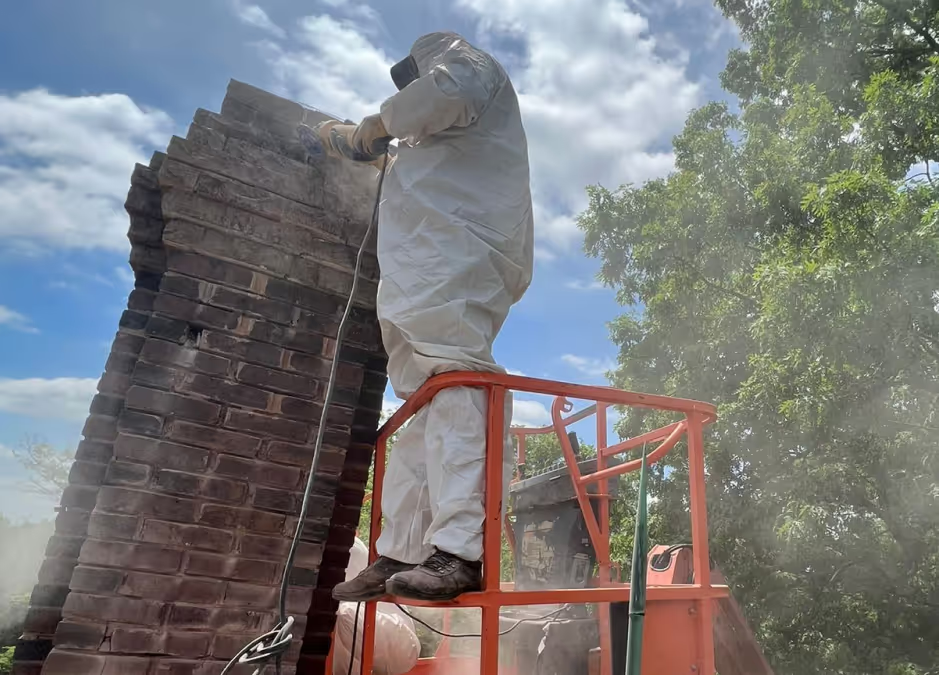

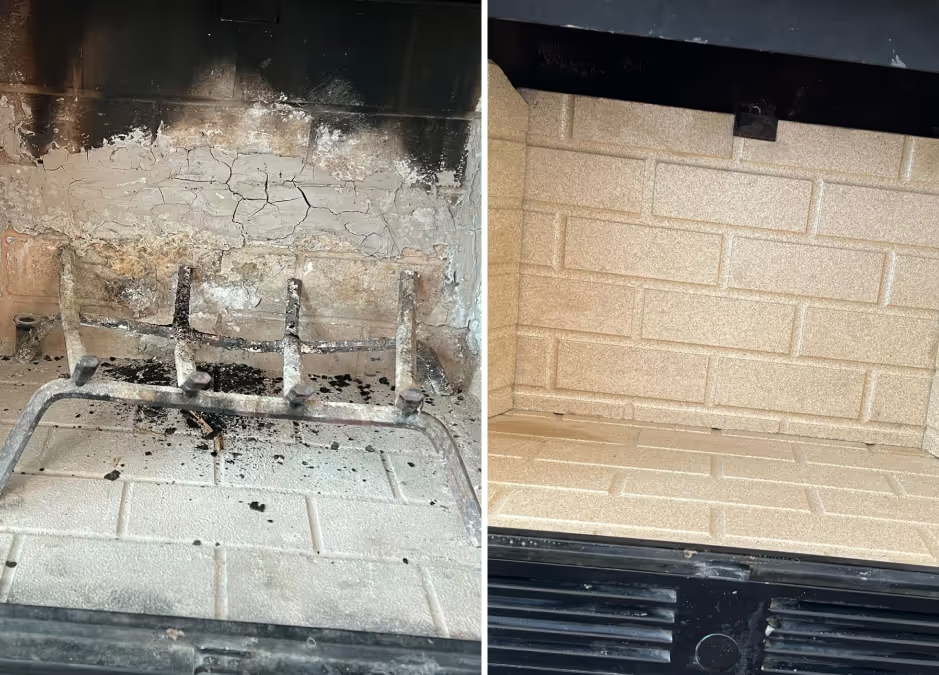
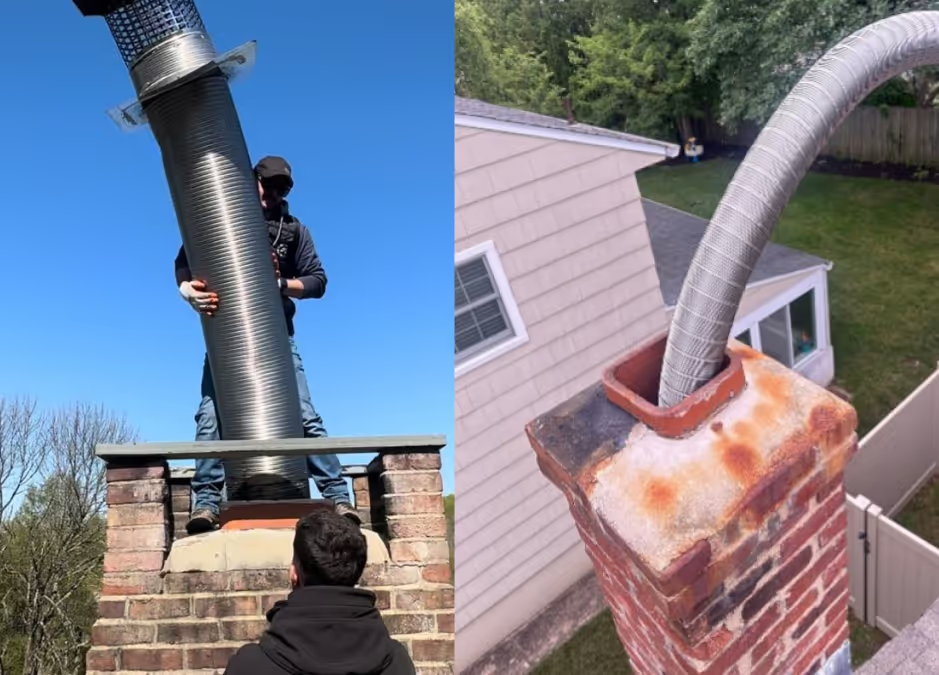
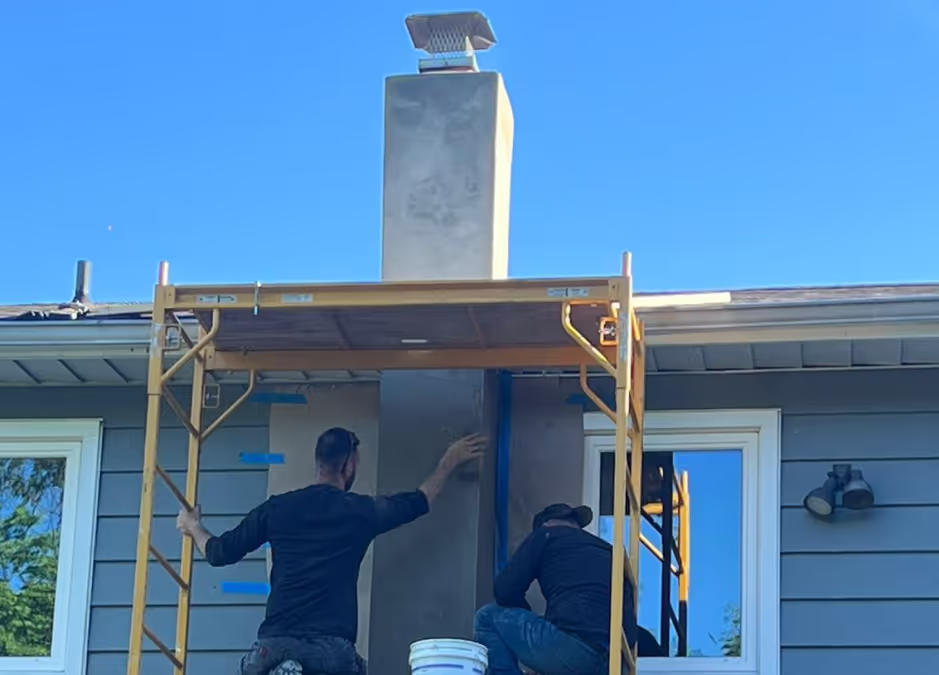
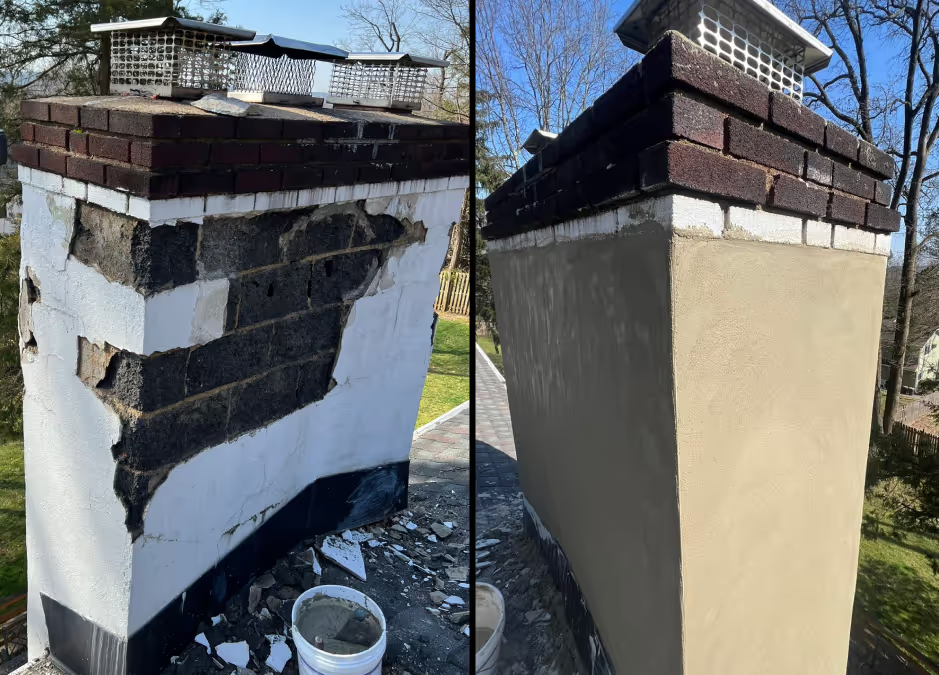

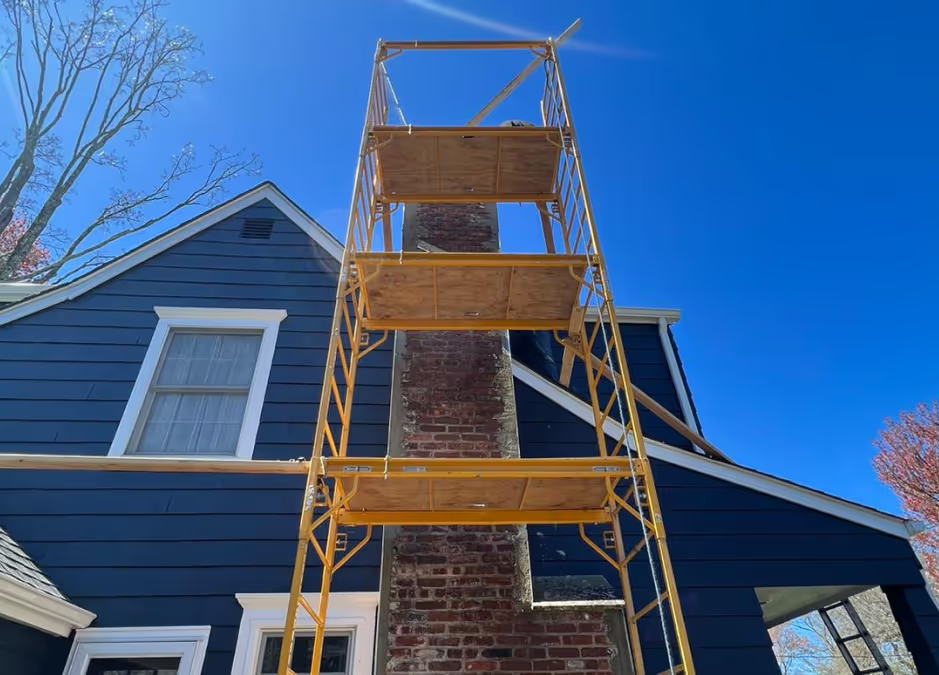

Tuckpointing is the most common method used for chimney mortar repair. It involves removing old, crumbling mortar and replacing it with fresh mortar that matches the existing brickwork.
This is not just cosmetic, it reinforces the structure and stops further deterioration.

Chimney mortar should be inspected annually and repaired as soon as cracks or gaps appear. Waiting too long can lead to more expensive repairs like full brick replacement or internal chimney damage.
Early repairs are quicker, cheaper, and much more effective.
It’s the process of removing old, cracked, or missing mortar from between chimney bricks and replacing it with new mortar to restore structural integrity.
Yes, tuckpointing is the most common method used to perform mortar repairs.Especially when multiple joints are affected.
With proper installation and waterproofing, new mortar can last 20–30 years or more.
Small patch jobs may be possible for DIYers, but full tuckpointing should be handled by a professional to ensure structural and aesthetic results.
If the bricks are loose, spalling, or the chimney is leaning, you may need partial or full rebuilding instead of basic mortar repair.